Suspension Softening Decision Guide
Select your preferences below to find the best suspension modification for your needs. Our tool analyzes your budget, driving habits, and DIY skills to recommend the most suitable option.
Ever felt like your car is bouncing over every bump like a pogo stick? That’s a sign your suspension is too firm. Softening it can turn a harsh ride into a smooth glide, especially on city streets or long highway trips.
Quick Takeaways
- Identify which suspension components are causing stiffness.
- Use softer shocks, lighter springs, or an air‑suspension kit for the biggest change.
- Upgrade bushings and adjust anti‑roll bars for fine‑tuning.
- DIY adjustments are doable, but know when to call a pro.
- Follow the checklist at the end to avoid common pitfalls.
What Is a Car Suspension?
Car suspension is a system of springs, shock absorbers, linkages and bushings that connects a vehicle to its wheels and controls how it moves over road irregularities. Its main jobs are to keep the tires in contact with the road, provide stability while cornering, and absorb shocks from bumps. When any part of the system is too rigid, the whole ride feels harsh.
Key Parts That Influence Ride Firmness
Before you start softening anything, know the components that shape your ride:
- Shock absorber or damper, converts kinetic energy from wheel movement into heat, slowing the spring’s motion
- Spring stores energy when compressed and releases it, supporting the vehicle’s weight (coil, leaf or torsion)
- Anti‑roll bar reduces body roll during cornering by linking opposite wheels
- Air suspension uses inflatable bags instead of steel springs, allowing on‑the‑fly adjustment of ride height and stiffness
- Suspension bushing rubber or polyurethane inserts that isolate vibration between metal parts
- Ride height the distance between the wheel axle and the vehicle’s chassis
- Damping the rate at which a shock absorber controls spring rebound
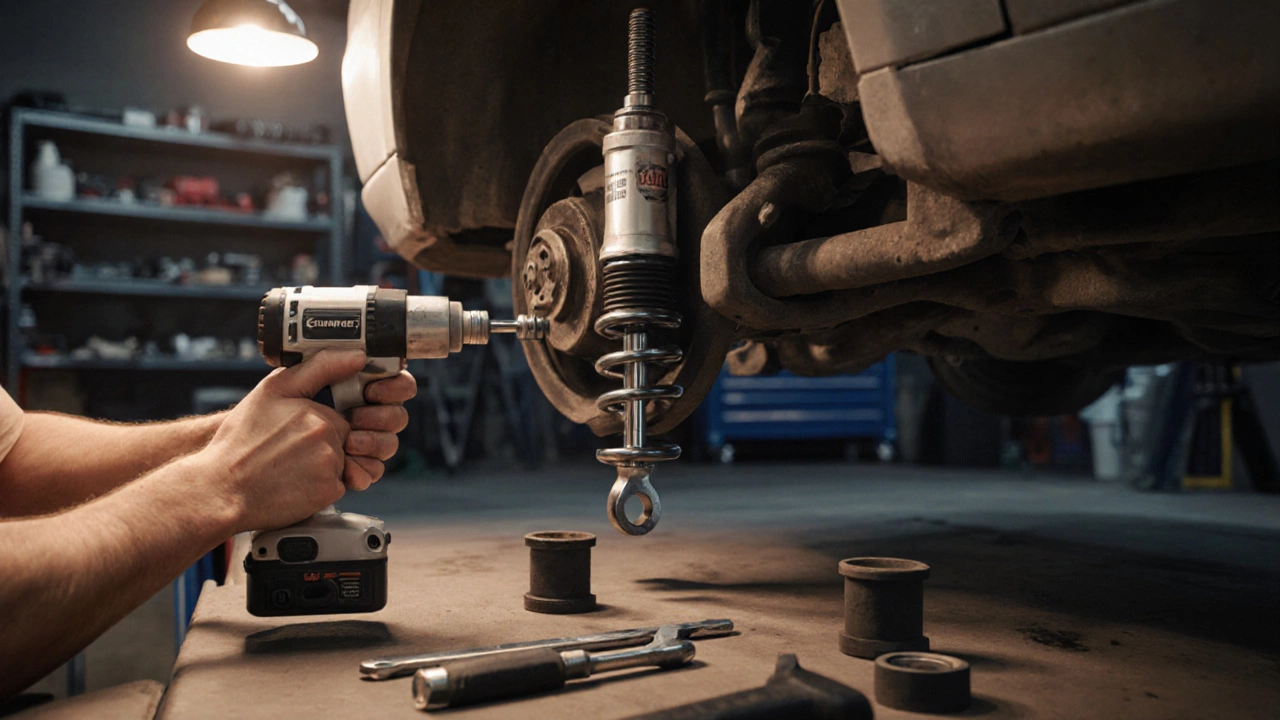
DIY Methods to Achieve a Softer Ride
Below are the most common ways to make your car’s suspension feel more forgiving. Choose the one that fits your budget, driving style, and how much work you’re willing to roll up your sleeves for.
1. Install Softer Shock Absorbers
Softer shocks have a lower damping rate, letting the spring extend more freely after a bump. This is the easiest bolt‑on change.
- Locate the shock mounting points (usually at the wheel hub and the chassis).
- Remove the top nut, then the lower bolt holding the shock.
- Swap in the new soft‑damping shock, torquing bolts to the manufacturer’s spec.
Result: noticeable reduction in harshness without altering ride height.
2. Replace Springs with Lower‑Rate Coils
Coil springs come in different spring rates, expressed in lb/in. A lower rate means the spring bends more under the same load, giving a plush feel.
- Support the vehicle on jack stands and remove the wheels.
- Unbolt the spring‑seat brackets and uncoil the existing spring.
- Install the softer coil, making sure it seats correctly in the brackets.
Tip: Keep spring length within manufacturer‑specified limits; too soft can cause sagging.
3. Add an Air‑Suspension Kit
Air kits replace steel springs with air bags and a compressor. You can dial in the exact pressure you like, from firm to feather‑light.
- Purchase a kit matched to your vehicle’s weight rating.
- Mount the air bags in place of the stock springs.
- Run the air lines to the onboard compressor and controller.
- Adjust pressure via the controller for day‑to‑day comfort.
Air suspension is the most flexible solution but also the priciest.
4. Upgrade to Softer Suspension Bushings
Rubber bushings wear out over time, becoming hard and transmitting vibration. Replacing them with fresh rubber or polyurethane bushings can soften the feel without major hardware changes.
- Identify bushings on control arms, sway bars and the subframe.
- Use a bushing press kit to push out the old inserts.
- Press in the new softer bushings, re‑assemble the components.
Pro tip: Polyurethane offers durability with a slightly firmer feel; pure rubber stays supple but may wear faster.
5. Adjust or Soften the Anti‑Roll Bar
Many aftermarket sway bars have adjustable end links. Loosening the links reduces the bar’s ability to fight body roll, which also softens the overall ride.
- Locate the end links on the bar.
- Replace the stock links with longer or more flexible ones.
- Alternatively, use a softer diameter bar for a permanent change.
Note: This will increase body roll; keep it moderate if you still need sporty handling.
6. Lower Ride Height Slightly
Paradoxically, a modest drop in ride height can improve wheel‑tire contact, allowing existing springs to work more efficiently, which sometimes results in a smoother feel on uneven roads.
- Adjust the coil‑over preload or install shorter spring perches.
- Check alignment after any height change.
Don’t go too low - you’ll sacrifice comfort and may hit the bump stops.
Comparison of Softening Methods
| Method | Cost | Installation Difficulty | Adjustability | Impact on Handling |
|---|---|---|---|---|
| Softer Shock Absorbers | Low ($50‑$150 per pair) | Easy (basic hand tools) | Fixed | Minor loss in sportiness |
| Lower‑Rate Coil Springs | Medium ($100‑$250 per axle) | Moderate (spring compressors) | Fixed | More sway, but smoother ride |
| Air‑Suspension Kit | High ($800‑$2000) | Complex (air lines, compressor) | Fully adjustable | Can retain sporty handling if tuned |
| Softer Bushings | Low‑Medium ($30‑$120 per set) | Moderate (bushing press) | Fixed | Improved comfort, slight handling loss |
| Adjustable Anti‑Roll Bar | Low‑Medium ($70‑$180) | Easy (replace links) | Partially adjustable | More body roll, softer feel |
Step‑by‑Step Softening Checklist
- Inspect current shocks and springs for wear.
- Decide your budget - soft shocks are cheapest, air kits are premium.
- Gather tools: jack, stands, wrenches, spring compressor, bushing press (if needed).
- Perform one change at a time; test drive after each to gauge effect.
- Check wheel alignment after any spring or height modification.
- Re‑measure ride height and ensure clearances are safe.

When to Call a Professional
If you notice any of these, pause the DIY and book a shop:
- Persistent clunking noises after bushing work.
- Uneven tire wear - could indicate mis‑alignment.
- Excessive sag or the vehicle rolls too much in corners.
- Air‑suspension leaks or compressor failure.
Pros have lift equipment and precision tools that keep your chassis safe.
Common Pitfalls and How to Avoid Them
- Over‑softening: Going too low on spring rate can cause the car to bottom out on potholes.
- Ignoring weight distribution: Adding soft components without considering cargo or passenger load may upset balance.
- Skipping alignment: Even tiny changes in ride height alter camber and toe; a quick alignment saves tire life.
- Using the wrong bushing material: Polyurethane feels firm; choose rubber if ride comfort is the top priority.
Final Thoughts
Softening a suspension isn’t magic; it’s about matching the hardware to your daily driving reality. Start with the simplest tweak-softer shocks or fresh bushings-then move up to springs or air kits if you need more dramatic change. Test after each step, stay within safety limits, and you’ll trade that jackhammer feel for a relaxed, enjoyable ride.
Frequently Asked Questions
Will softer springs make my car handle worse?
Softer springs increase body roll, so the car can feel less sharp in tight corners. Pairing them with a slightly stiffer anti‑roll bar or a performance shock can keep handling acceptable while still gaining comfort.
Can I install air suspension myself?
Yes, if you’re comfortable with basic mechanical work and have the proper tools. The hardest part is routing air lines and bolting the compressor securely. Many DIYers succeed, but a professional install ensures leak‑free connections and correct pressure settings.
How often should I replace shock absorbers?
Most manufacturers recommend replacement every 50,000-70,000 miles. If you notice excessive bounce, leaking fluid, or uneven tire wear, replace them sooner.
Do softer bushings wear out faster?
Rubber bushings do degrade quicker than polyurethane, especially in hot climates. Expect a rubber set to last 30,000-50,000 miles, while polyurethane can reach 80,000 miles but may feel a bit firmer.
Is a lower ride height always better for comfort?
Not necessarily. A modest drop can improve wheel contact and reduce bump impact, but too low will cause the suspension to hit its limits, creating a harsher feel and risking damage to the under‑carriage.
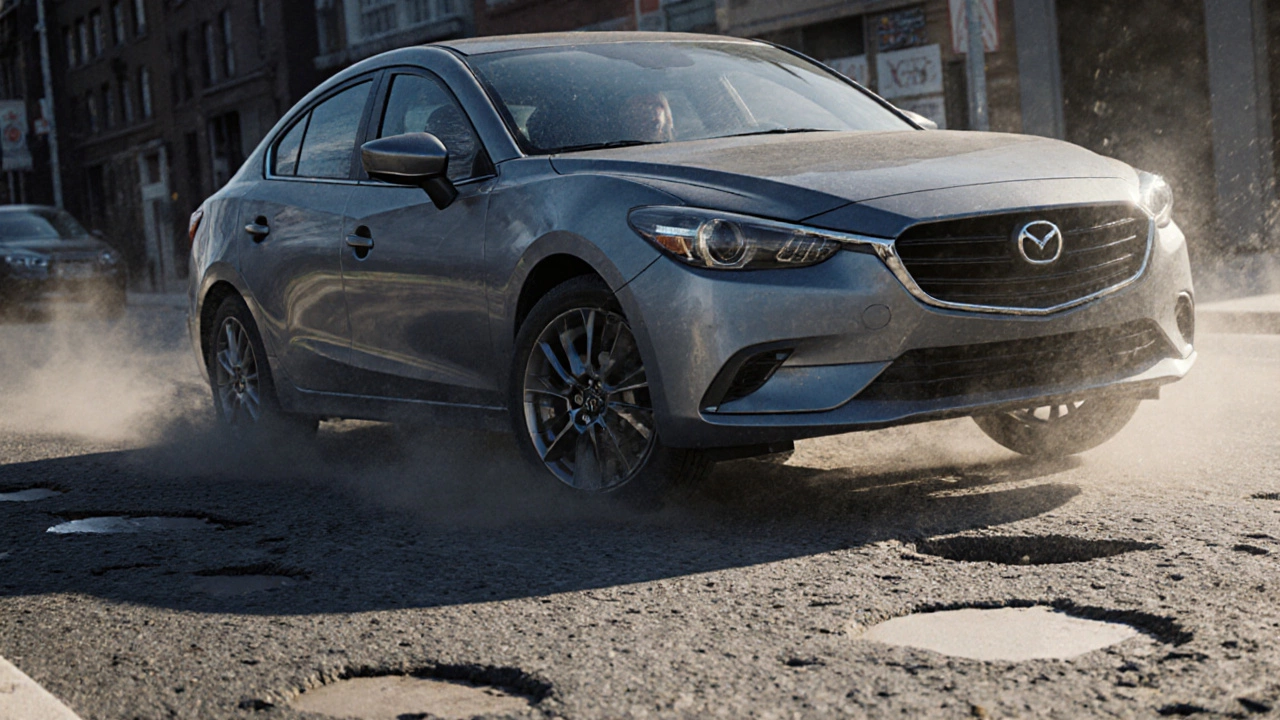


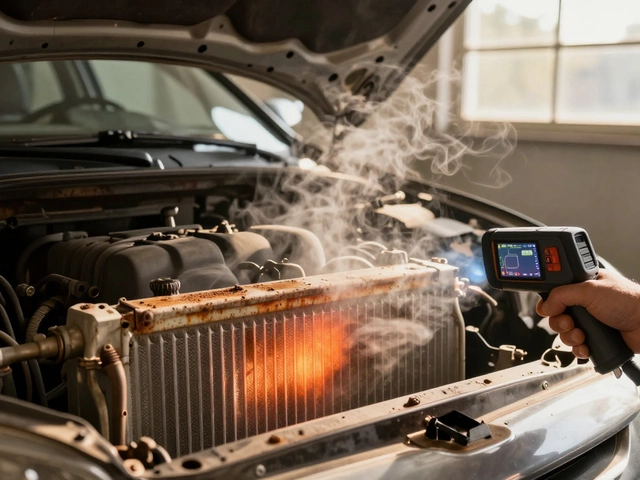



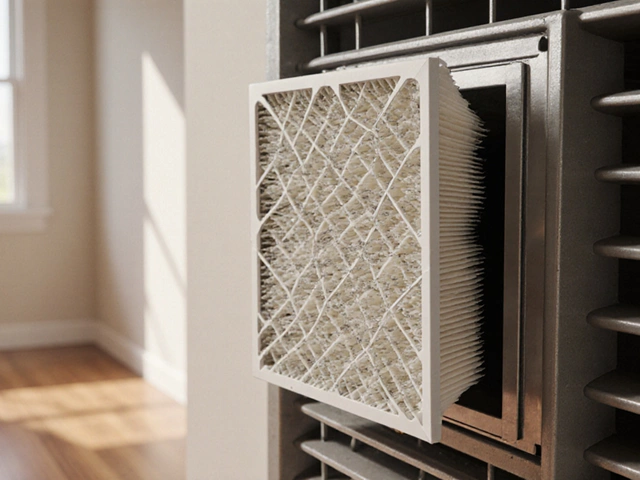


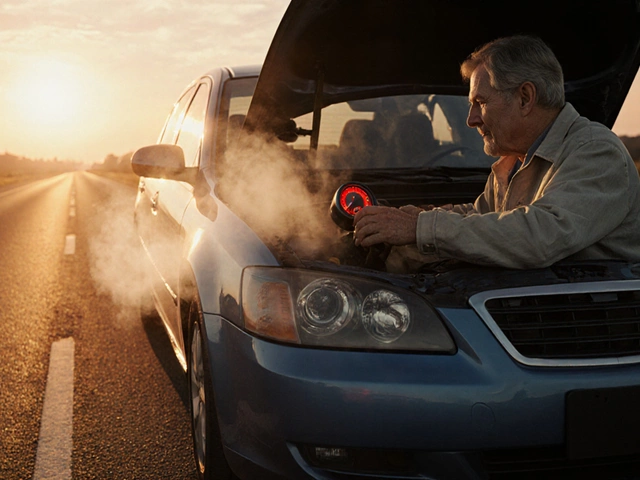
Write a comment